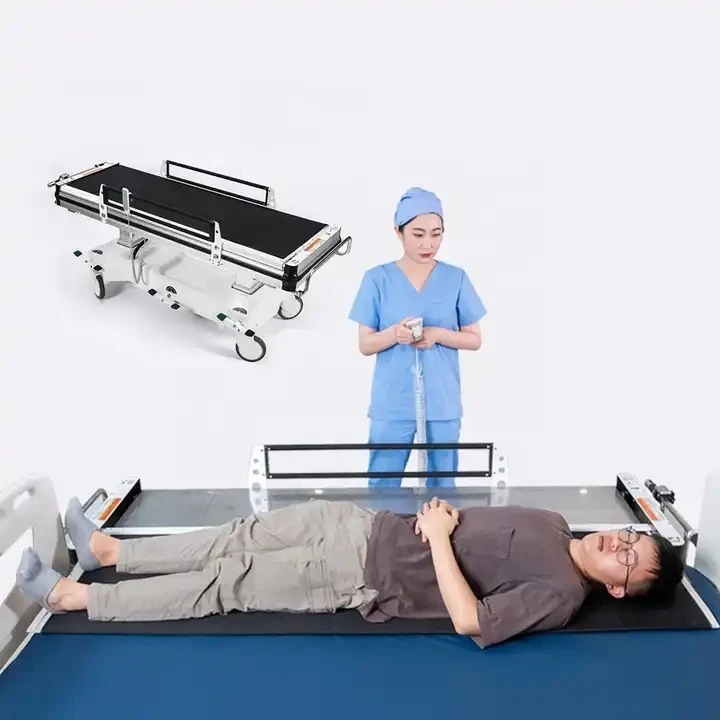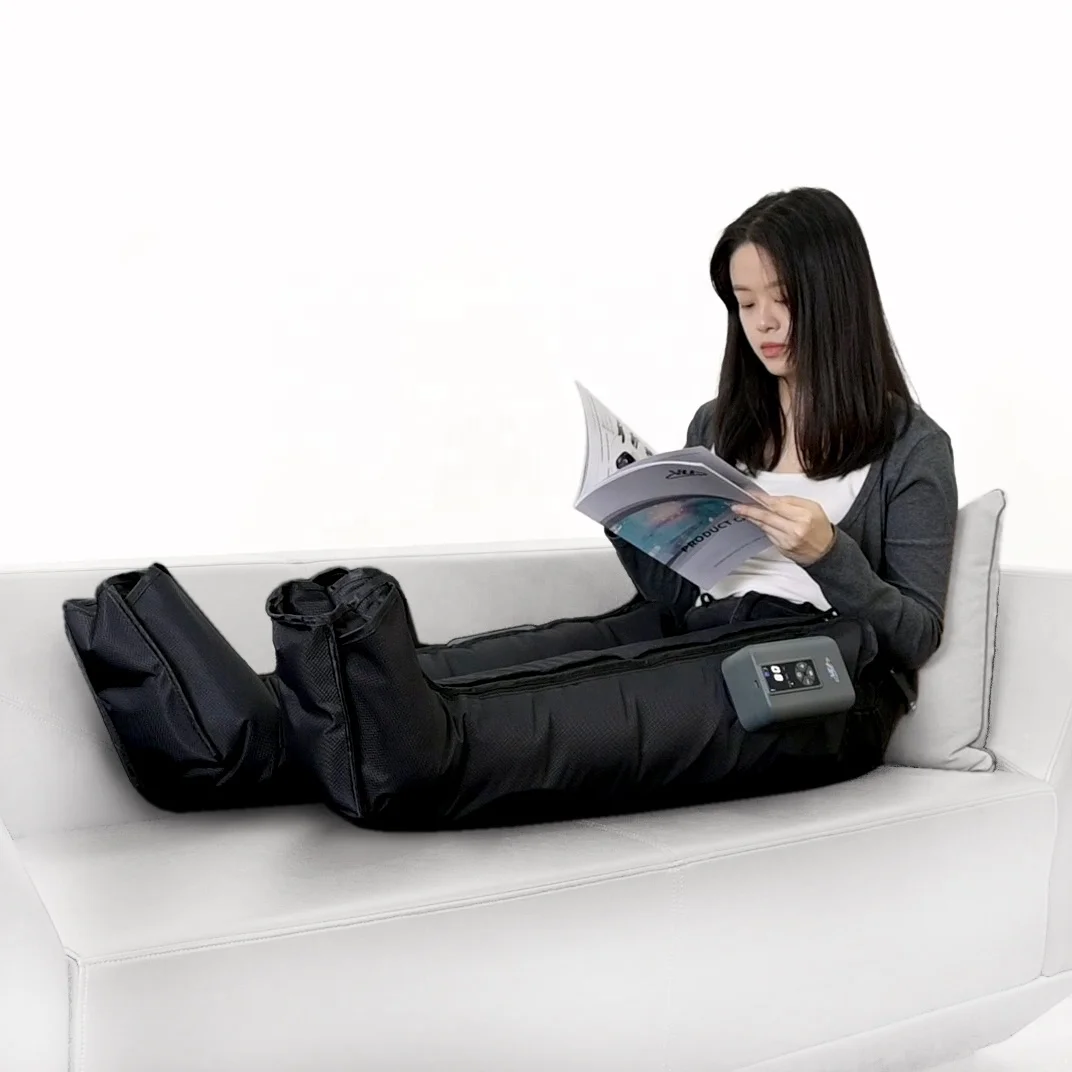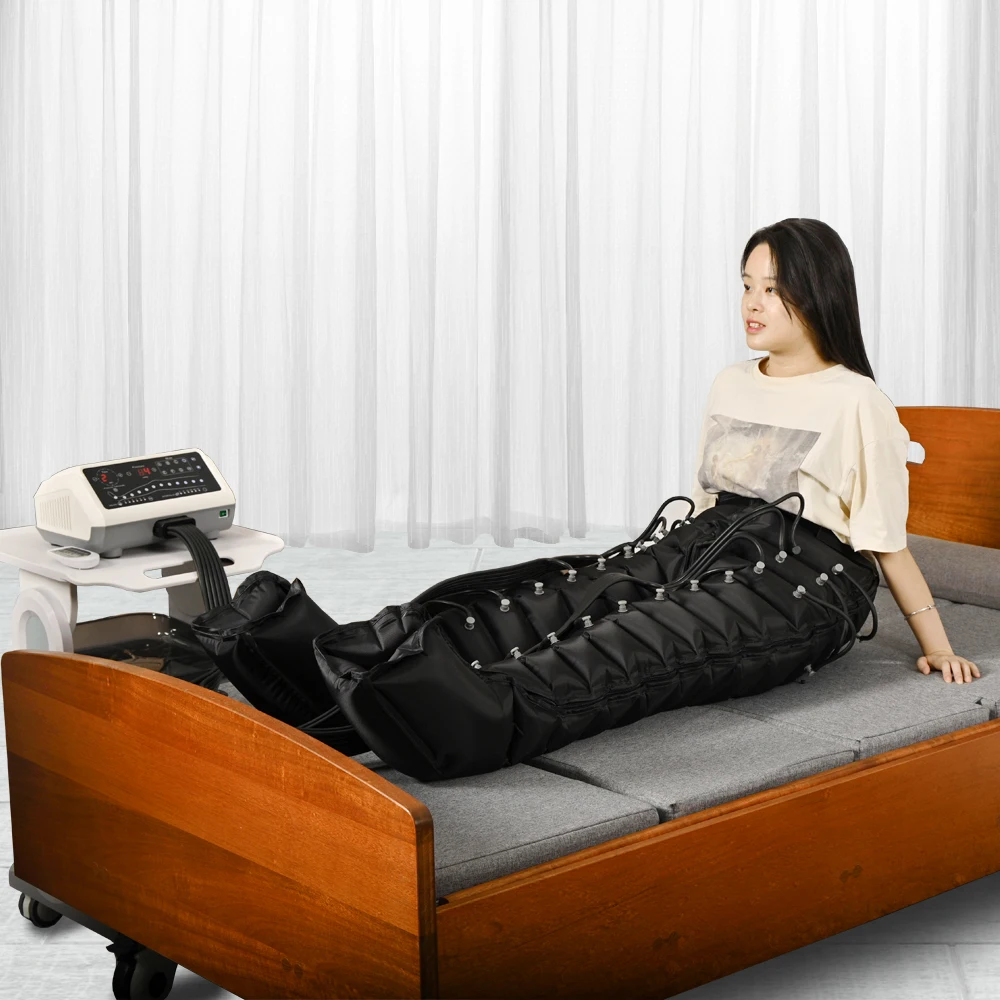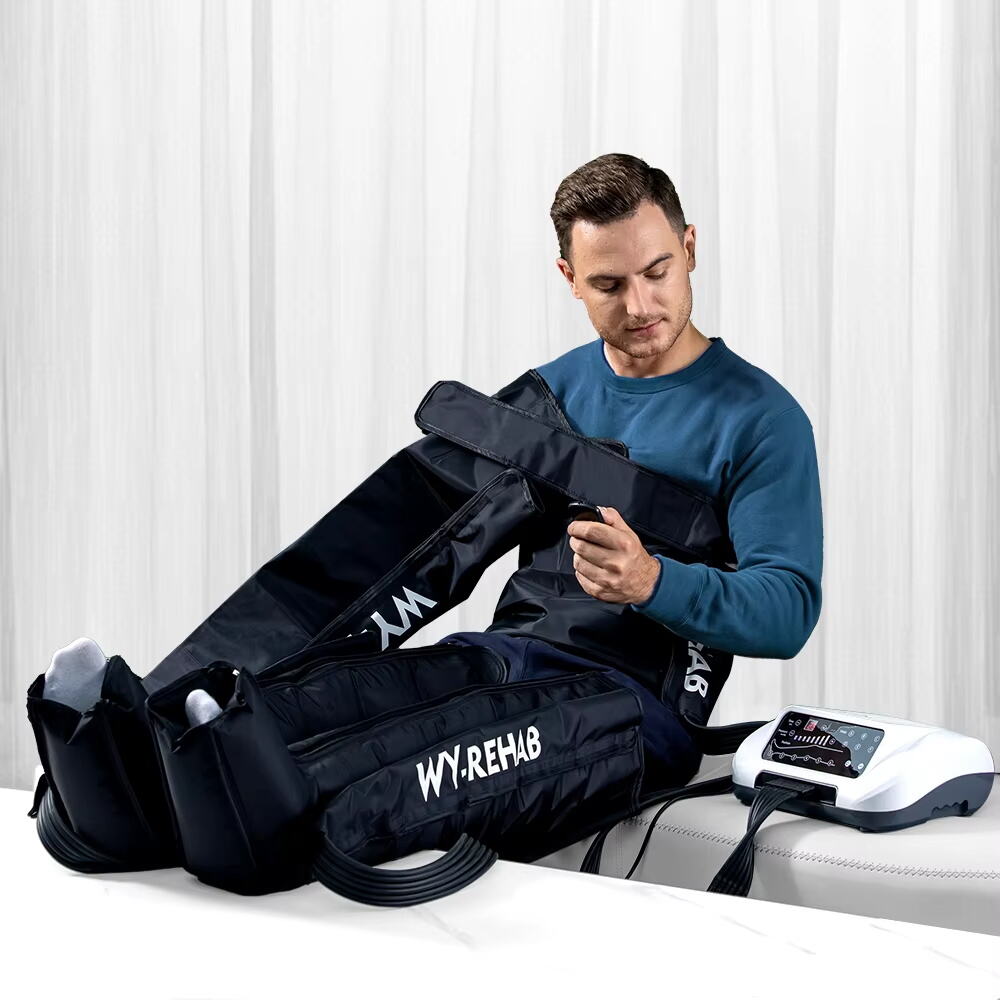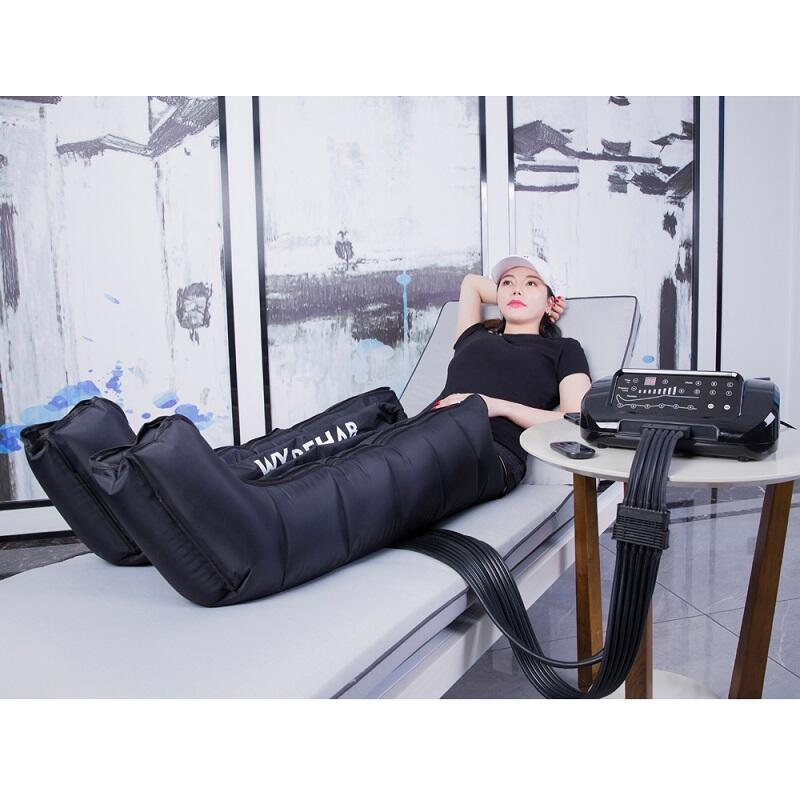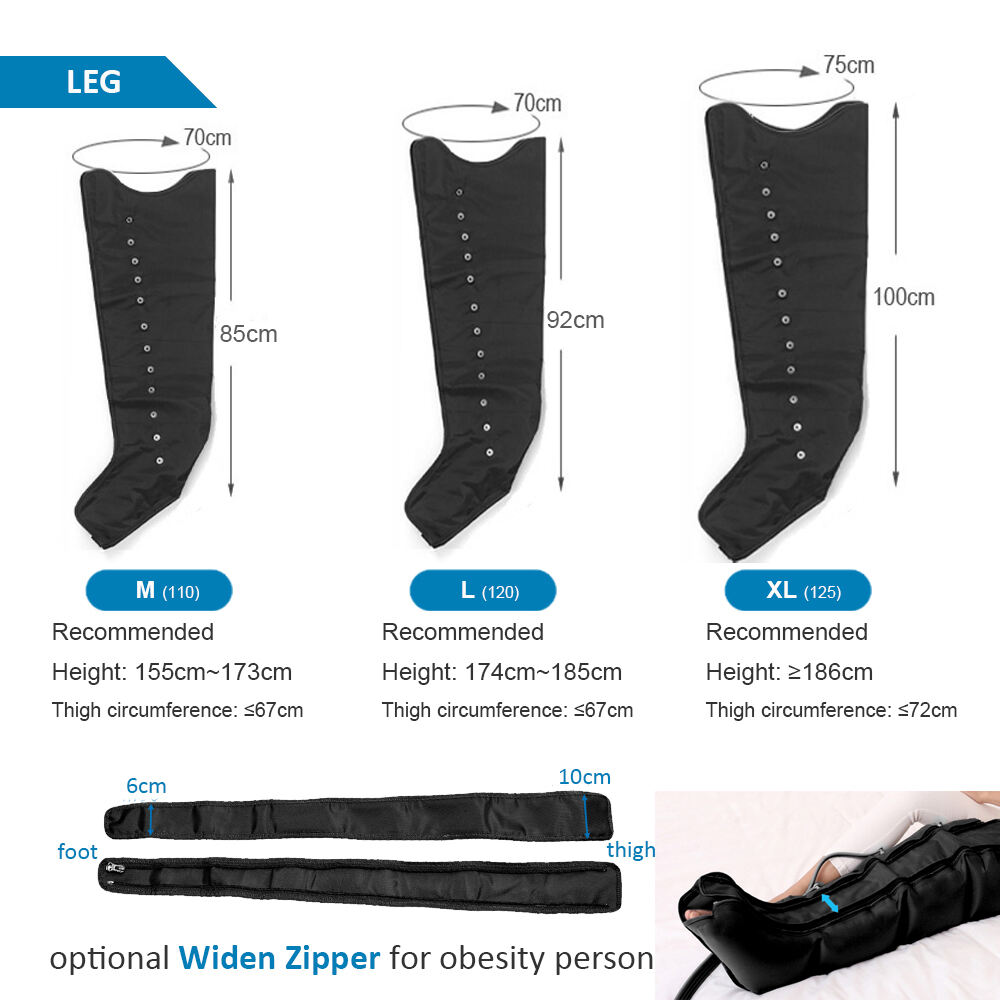compression boots in hospital
Compression boots in hospitals are advanced medical devices designed to prevent deep vein thrombosis (DVT) and enhance circulation in patients. These specialized boots utilize intermittent pneumatic compression technology to apply gentle pressure to the legs, systematically promoting blood flow and reducing the risk of blood clots. The system consists of inflatable chambers that wrap around the patient's legs, connected to a control unit that regulates pressure cycles. The boots operate through sequential compression, starting from the ankle and moving upward, mimicking natural muscle contractions that aid venous return. Modern hospital compression boots feature adjustable pressure settings, multiple compression zones, and sophisticated monitoring systems that track therapy compliance. They are particularly valuable for immobile patients, those recovering from surgery, or individuals at high risk for blood clots. The technology incorporates safety features such as pressure sensors and alarms to ensure optimal therapeutic delivery while preventing excessive pressure. These devices are commonly used in various hospital departments, including surgical units, intensive care, and recovery rooms, where patients may have limited mobility. The boots are designed with patient comfort in mind, featuring breathable materials and ergonomic fits that accommodate different leg sizes and shapes. Healthcare providers can easily monitor and adjust treatment parameters through user-friendly interfaces, ensuring personalized care for each patient's specific needs.

